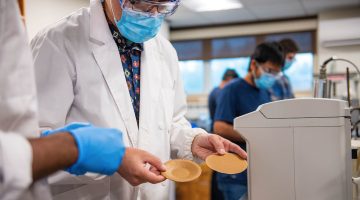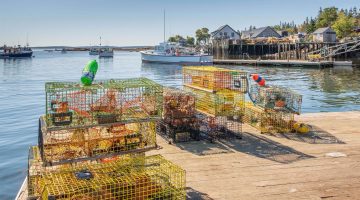Recharge News references UMaine-affiliated floating offshore wind project
In an article about the role floating wind turbine technology can play in growing the U.S. offshore wind sector, Recharge News referenced the floating offshore wind technology demonstration project being developed by the University of Maine Advanced Structures and Composites Center and New England Aqua Ventus, a joint venture of Diamond Offshore Wind, a subsidiary […]
Read more

